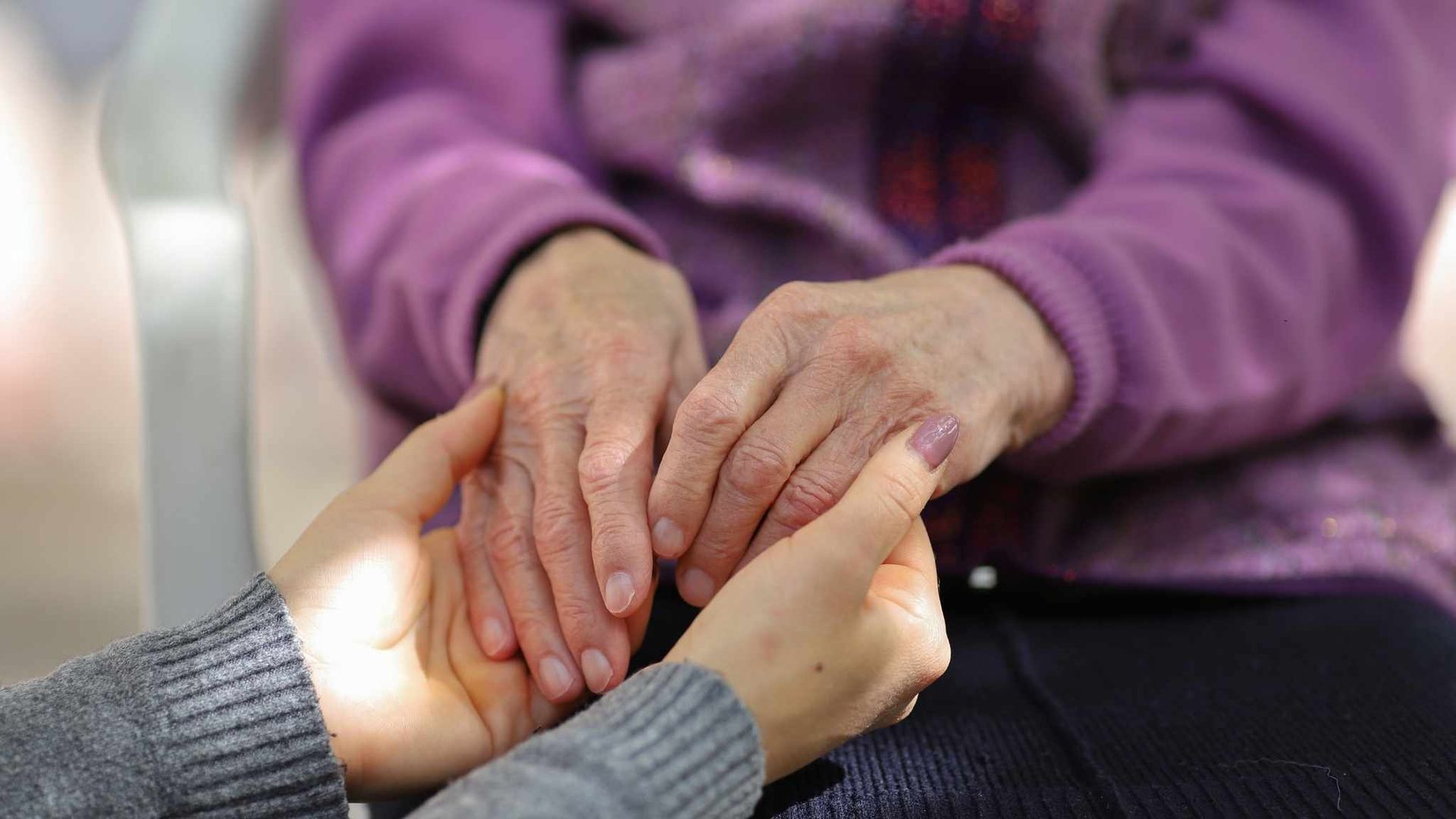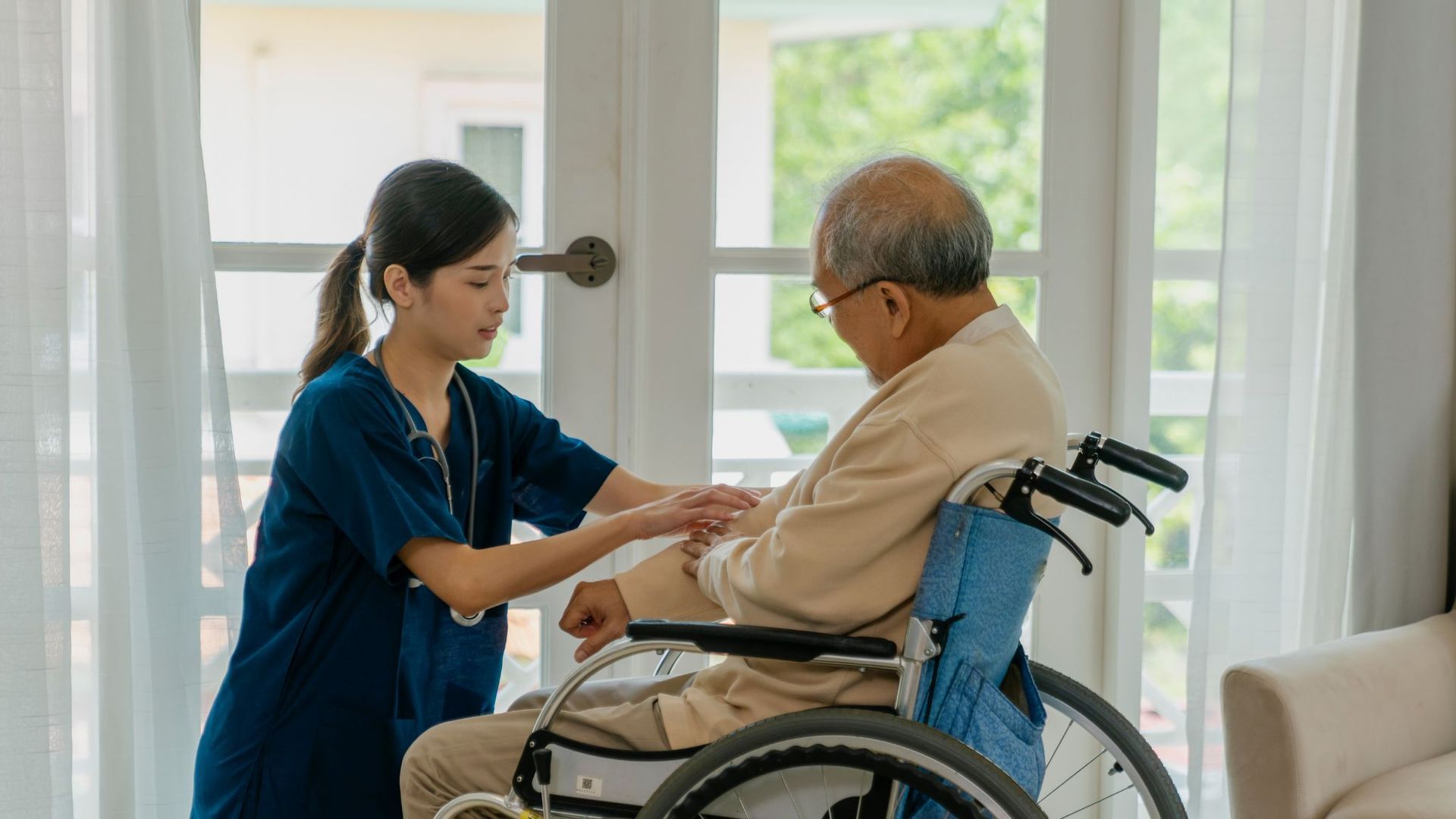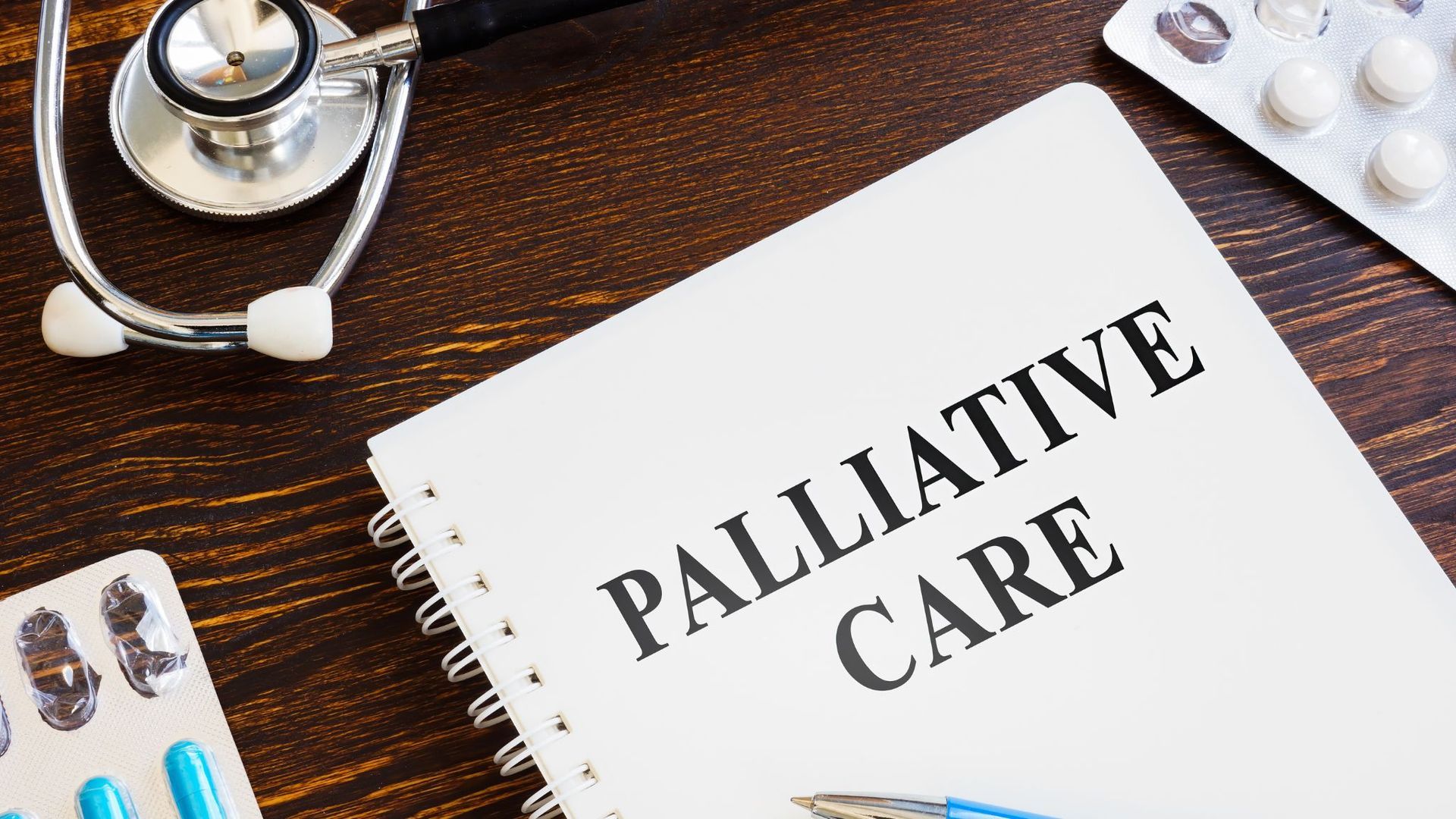How Long Do People Live In Hospice?
It's never an easy thing dealing with the possibility of a loved one passing away, and the process of enduring this emotional time is always undoubtedly anxiety-inducing.
While sending them into hospice care may alleviate some of these worries, it's pretty normal to still have a lot of questions regarding what to expect—including wondering how long do people live in hospice.
Knowing the typical duration of a terminally ill person's stay can help families ensure that their loved ones receive the best possible care despite the looming deadline.
But what happens if someone lives longer than expected while staying in a hospice? How does a hospice determine life expectancy? How do the hospice nurses know when the time is near? Let's find out.
How Long Does The Average Person Live In Hospice?
The duration of hospice care can vary greatly depending on a variety of factors, including the patient's specific illness, overall health, and how they respond to the care provided.
According to the National Hospice and Palliative Care Organization (NHPCO) Facts and Figures 2023 Edition, the average length of stay for Medicare patients in hospice was 92.1 days in 2021.
While this is a slight decrease from previous years, it shows a wide range of experiences. The median stay is much shorter at 17 days, which means many patients enter hospice very late in their illness.
It's common for patients to start hospice care just days or weeks before passing. Approximately 10% of patients are in hospice for two days or less, and 50% for 17 days or less. However, about 12-15% of patients stay in hospice care for six months or more.
Hospice care can be provided in various settings, including private homes, nursing facilities, and assisted living facilities, with average stays of 95, 109, and 165 days, respectively. The holistic approach of hospice care addresses not only physical symptoms but also emotional and spiritual needs, which can contribute to longer life spans for some patients.
What Happens If You Live Longer Than 6 Months On Hospice?
Hospice care is usually for patients expected to live six months or less.
However, some patients outlive this period. If that happens, hospice care doesn't stop automatically. Instead, the hospice team reassesses to see if the patient still qualifies for hospice care.
If the patient's condition still requires hospice, they will continue receiving care. This re-certification process can go on as long as the patient remains eligible.
Remember, hospice care always focuses on providing comfort and improving the quality of life, no matter how long the patient lives. There's no guarantee nor accuracy in the predictions of a patient's life expectancy—but the organization will always be there to offer support for as long as needed.
How Does Hospice Determine Life Expectancy?
A hospice determines life expectancy using medical evaluations and clinical judgment.
Doctors assess a patient’s overall health, age, and specific illness to estimate how much longer they have. For Medicare-covered hospice, a doctor needs to certify that the patient is likely to live six months or less. This estimate is based on clinical signs and the doctor’s experience, though it's not always precise.
Various tools and markers refine these predictions—for instance, specific criteria for heart failure and dementia can indicate shorter life spans. The Functional Assessment Staging Test (FAST) helps with dementia, while risk scores assess heart failure prognosis.
How Do Hospice Nurses Know When Death Is Near?
Hospice nurses can tell when death is approaching by observing several key signs and symptoms:
Physical Changes
- Patients often become less responsive, sleep more, and resist movement.
- There's usually a reduced interest in food and fluids, and swallowing can become difficult. Nurses keep the mouth moist and use alternative ways to give medication.
- Reduced intake can lead to constipation and loss of bladder control. Nurses manage these issues to keep patients comfortable.
- Hands and feet may feel cold, body temperature can drop, or mild fevers can occur. Nurses use warm blankets or cool cloth for comfort.
- These vital signs often decrease and become irregular as death nears.
Skin Changes
- Skin may turn purplish, pale, or mottled, indicating that death is near.
- Immobility and weight loss can cause pressure sores. Nurses focus on pain management and preventing infection.
Breathing Changes
- Breathing patterns can include rapid breaths followed by pauses (Cheyne-Stokes respiration) and noisy and shallow breaths.
- Breathing may stop for more extended periods before resuming briefly.
Cognitive Changes
- Patients may become less aware of their surroundings and show little interest in activities or interactions.
- Terminal agitation can occur, sometimes managed with medication.
- Illusions, hallucinations, and delusions are common. Patients might express awareness of their imminent death.
Consciousness Fades
- Patients often enter a coma-like state, unable to communicate but possibly still able to hear and feel.
How Long Can Someone Last On The End-Of-Life?
The end-of-life phase can vary widely, lasting anywhere from a few days to a couple of weeks. During this time, the body gradually shuts down, and patients may react differently. Some pass away peacefully, while others seem to resist. Reassuring your loved one that it's okay to let go can be comforting for both of you.
Decisions about hydration, breathing support, and other medical interventions should respect the patient's wishes. Hospice care focuses on honoring these preferences, making the patient's final days as comfortable and peaceful as possible.
What Happens When Hospice Patient Dies?
When a hospice patient passes away, the first step is to have the death officially pronounced by a registered nurse, physician, coroner, or medical examiner—and this needs to happen as soon as possible.
The person who pronounces the death will complete the paperwork certifying the time, place, and cause of death, which is necessary for the death certificate. If the death occurs in a facility, there may be extra protocols they follow during this process.
Conclusion
Facing the end-of-life phase of a loved one is incredibly challenging and filled with uncertainty.
Hospice care helps ease this transition by focusing on comfort, dignity, and quality of life, no matter how long it lasts. While the average hospice stay is about three weeks, this can vary widely based on many factors.
If you're wondering how long do people live in hospice—don't worry, hospice care is provided as long as needed, no matter the duration of their stay.
That said, if you're considering hospice care for your loved one, contact
Olympia Hospice Care. We're here to answer your questions and support you every step of the way, ensuring your loved one receives the compassionate care they deserve.










